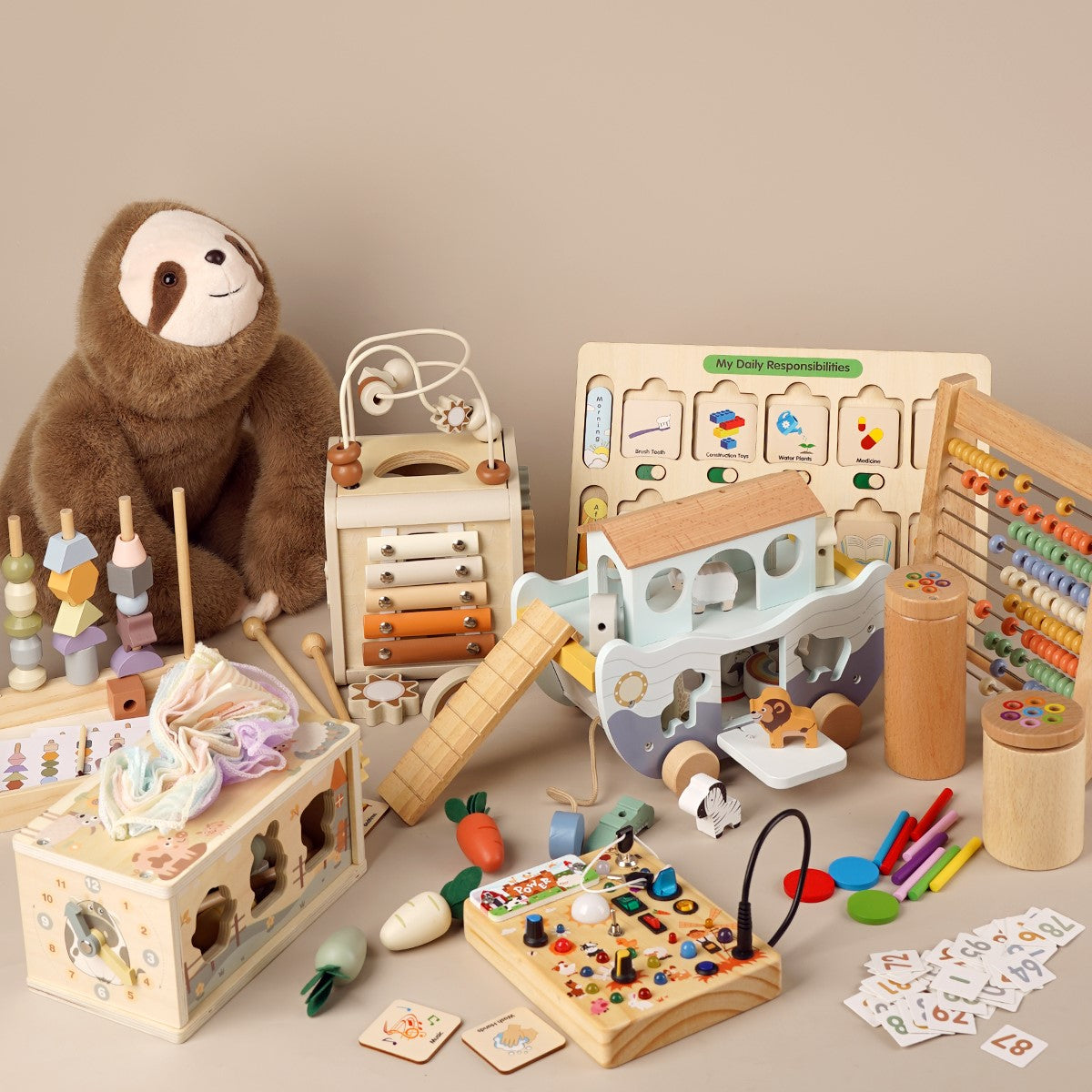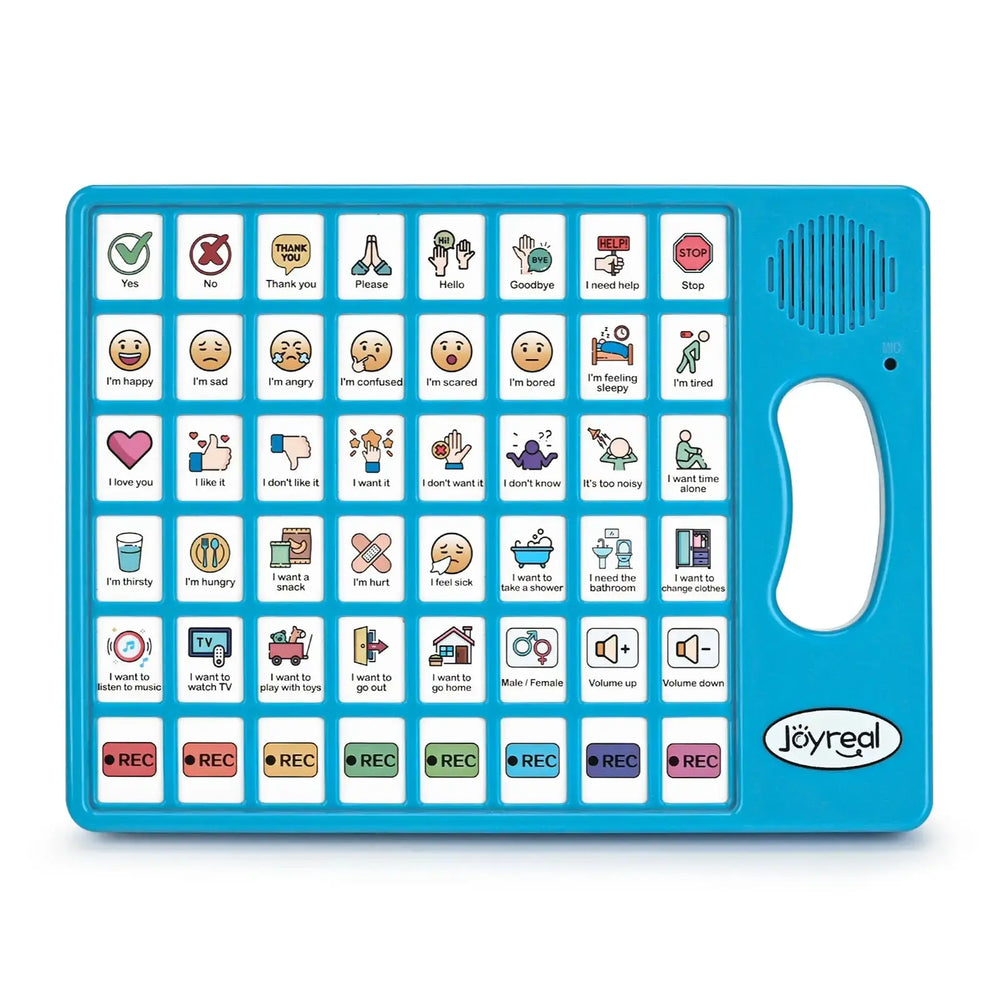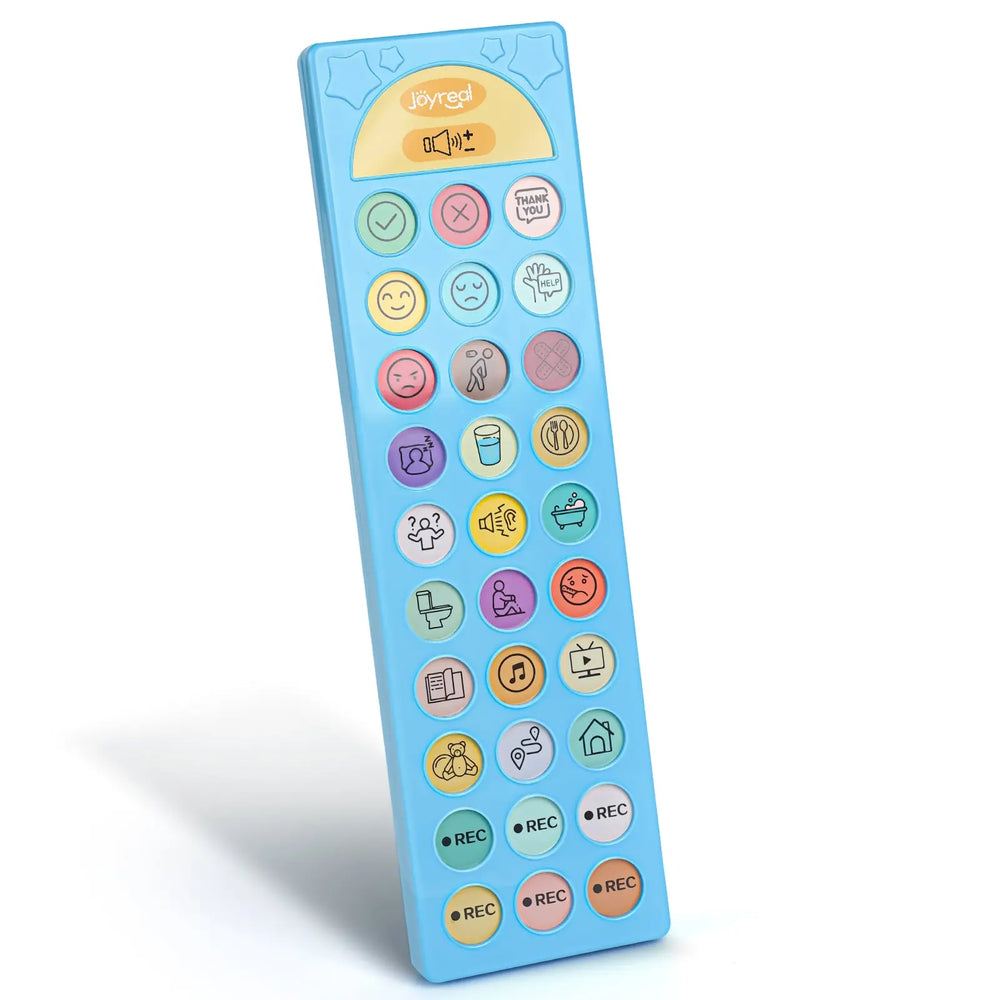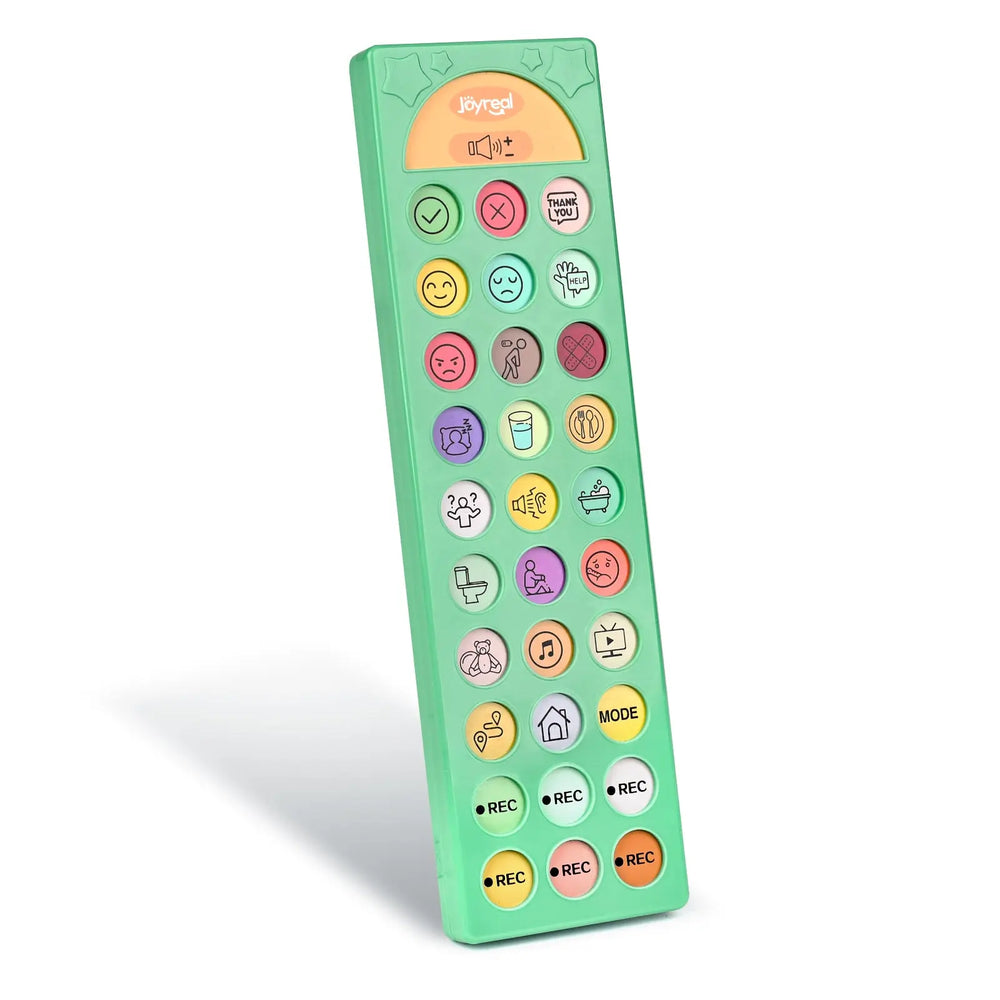How to Make a Communication Board AAC Devices for Autism

Communication is a lifeline. For children with autism, speech delays, or developmental disorders, expressing even the simplest needs can be a daily struggle. That’s where a communication board comes in—it’s a simple yet powerful tool that opens the door to connection, expression, and independence.
But here’s the truth: many parents hesitate when it comes to choosing or making a communication board. They fear it may not work, may be too complicated, or may not last. In this article, you’ll not only learn how to make a communication board but also discover real solutions to the common struggles parents face—with insights on how AAC communication devices and aac devices for autism fit into the journey.
What Is a Communication Board?
Definition and Purpose
A communication board is a tool with pictures, words, or symbols that helps people communicate without speech. A child can point to “eat” when hungry or “play” when they want interaction.
Who Uses Communication Boards?
- Children with autism
- Individuals with speech or developmental delays
- Stroke survivors or adults with speech loss
- Students needing alternative communication methods
The Role of AAC Communication Devices
Communication Board vs. AAC Device
- Communication Board: low-tech, simple, no batteries.
- AAC Communication Device: high-tech, touchscreen-based, with voice output.
Why AAC Devices for Autism Matter
For children with autism, AAC devices:
- Prevent meltdowns caused by communication breakdowns.
- Build independence by giving them a voice anywhere.
- Encourage participation in school and social life.
Why Many Parents Struggle With Choosing the Right Communication Board
Even though communication boards are recommended by speech therapists, parents often wrestle with doubts before choosing one. Here are the most common struggles—and how the right board addresses them.
1. “I’m Afraid My Child Won’t Be Understood”
Parents fear their child’s needs will remain a mystery. Guessing whether a child wants food, is in pain, or simply wants to play is exhausting.
- 👉 A clear communication board with familiar icons reduces frustration, turning confusion into understanding with a single tap.
2. “What If My Child Can’t Learn to Use It?”
Complicated boards can feel overwhelming.
- 👉 Simplicity is key. Start with core words like eat, drink, bathroom, play and expand gradually. Small successes build confidence.
3. “It Feels Like Wasted Money if It Breaks or Doesn’t Work”
High-tech AAC devices can be expensive, and parents worry about durability.
- 👉 Low-tech boards are cost-effective, durable, and child-proof. They require no charging and survive spills and drops.
4. “Daily Life Is Already Stressful Enough”
Communication breakdowns turn meals, bedtime, and routines into battles.
- 👉 Boards reduce family stress by making needs clear, creating harmony instead of conflict.
5. “What If It Doesn’t Cover All My Child’s Needs?”
Limited boards frustrate both parent and child.
- 👉 The best boards provide practical vocabulary for home, school, play, and feelings, covering multiple environments.
- 🌟 Conclusion to Parent Struggles: Communication boards are not just tools—they’re bridges that turn silence into voice and daily struggles into opportunities for connection.
High-Value Recommendation: Joyreal Communication Boards
If you’re looking for a cost-effective and reliable communication board, the Joyreal communication boards are a fantastic choice for families and educators.
Here’s why parents love them:
- ✅ Affordable & Durable – Built to withstand daily use by children.
- ✅ Portable & Lightweight – Easy to carry between home, school, and therapy sessions.
- ✅ Practical Vocabulary – Covers everyday needs like food, feelings, and actions.
- ✅ Stress-Free for Parents – No charging, no software updates, and designed for simplicity.
For families hesitant about investing in expensive AAC communication devices, Joyreal provides a budget-friendly first step that bridges the gap between low-tech and high-tech communication support.
👉 Find the best aac board option for your needs here:https://joyrealtoys.com/blogs/news/choosing-the-best-aac-device-for-kids-a-parent-s-guide

Types of Communication Boards
- Low-Tech Boards: Laminated sheets, flip charts, or key-ring boards.
- High-Tech AAC Devices: iPads with AAC apps, speech-generating tablets, or specialized devices.
Materials You Need to Make a Communication Board
- Printable templates (many are free online)
- Symbols and visuals (like PECS or Boardmaker icons)
- Laminating sheets for durability
- Velcro or binders for portability
Step-by-Step: How to Make a Communication Board
- Identify Needs – Match words to your child’s daily life.
- Choose Vocabulary – Start with 10–20 core words.
- Organize Layout – Group by categories (food, feelings, actions).
- Design and Print – Use free AAC tools or professional software.
- Test and Adjust – Observe, revise, and grow the board over time.
Digital Communication Boards
Many families now use apps like Proloquo2Go, Avaz, or TouchChat. These can sync with AAC communication devices, making transitions seamless.
Best Practices for Using a Communication Board
- Model usage: Parents should point to symbols while speaking.
- Encourage daily use: At meals, playtime, and school.
- Involve caregivers: Teachers and therapists should also use the board consistently.
Common Mistakes to Avoid
- Adding too many icons too soon.
- Not updating vocabulary as the child grows.
- Ignoring the child’s preferences or communication style.
How AAC Devices for Autism Complement Boards
A balanced approach works best:
- Start with low-tech communication boards.
- Transition to aac devices for autism as skills grow.
- Keep both—boards act as backups when devices aren’t available.
Conclusion: Empowering Communication Through AAC
A communication board is far more than symbols on paper. It’s a bridge to understanding, a tool for reducing stress, and a pathway to independence.
When paired with an AAC communication device, it gives children with autism and other communication challenges the freedom to be understood. For parents, it’s not just about solving struggles—it’s about giving their child a voice today and hope for tomorrow.
FAQs About Communication Boards
1. What’s the difference between a communication board and AAC device?
- Boards are low-tech, devices are high-tech with voice output.
2. Can communication boards help children with autism?
- Yes, they reduce frustration, encourage speech, and promote independence.
3. How many words should be on a beginner board?
- Start with 10–20 core words and expand over time.
4. Are AAC devices better than communication boards?
- Not better—just different. Many children benefit from using both.
5. Can adults use communication boards?
- Absolutely. They’re essential for stroke recovery, ALS, and brain injuries.
6. Do schools provide AAC devices for autism?
- Some do through IEPs, but availability depends on local funding.
Maybe it will be helpful for you:
Recent Post

Buy Once, Play Longer with Joyreal Toys
“We’re tired of toys that only last a weekend.”“I want toys that gr...

Love Is Learning Together: Valentine’s Day Educational Toys by Joyreal
When we think of Valentine’s Day, our minds often drift to roses, c...

A New Year, A New Beginning: Joyreal Toys’ Wish for Every Child
A Heartfelt New Year Message from Joyreal Toys As we welcome 2026, ...

Can Montessori Wooden Toys Grow With Your Child From 1 to 4?
When Your One-Year-Old Plays for Two Minutes and Walks Away It’s a ...

Mini Piano or Drum Set — Which Is Best for Kids?
As parents, we all face the same struggle — our children spend hour...

Is Phonics-Based AAC Right for Your Nonverbal Child?
Why Nonverbal Children Need AAC Devices For many parents, finding a...

Picture-Based AAC or Phonics AAC? A Parent’s Guide
Phonics vs Picture-Based AAC: Which Communication Tool Is Right for...

How Does Music Enlightenment Work for Ages 0–3?
Why Age-Specific Music Enlightenment Matters (0–3 Years) The first...

What Age Is a Noah’s Ark Toy For?
Is a Noah’s Ark Toy Good for Toddlers (Ages 1, 2 & 3)? When par...

Why Noah’s Ark Is More Than Just a Story Toy?
When parents search for a wooden Noah’s Ark toy, they’re usually no...












